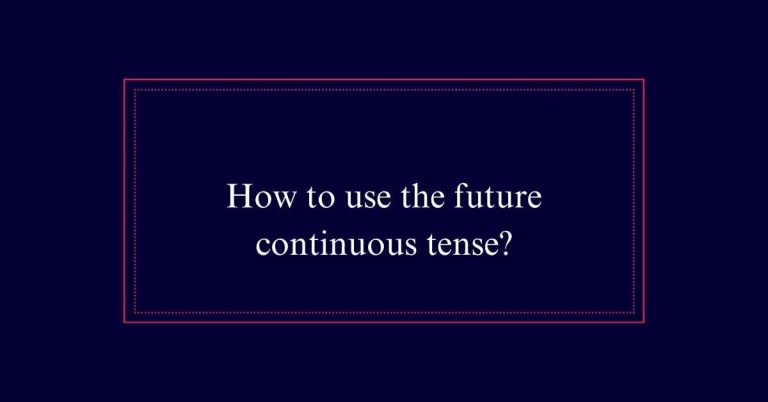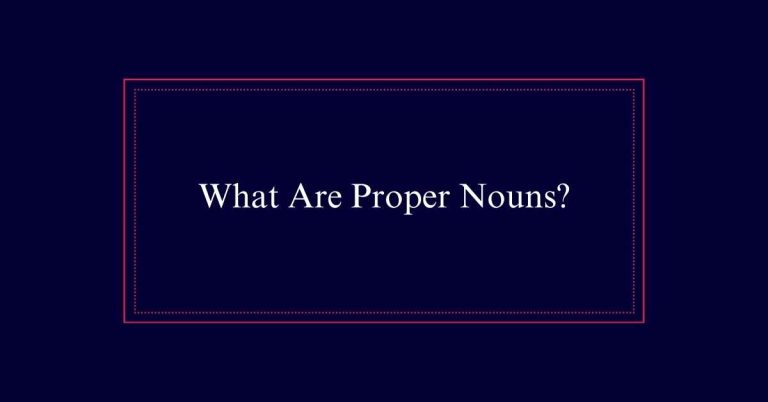Auxiliary Verbs
Auxiliary verbs, or helping verbs, assist the main verb in a sentence to establish tense, mood, or voice. Common auxiliary verbs include ‘be,’ ‘have,’ and ‘do.’ They are essential for constructing questions, negatives, and complex tenses.
For example, ‘is’ in ‘She is eating,’ ‘have’ in ‘They have finished,’ and ‘do’ in ‘Do you agree?’ Modal auxiliary verbs like ‘can,’ ‘must,’ and ‘will’ indicate abilities, possibilities, and obligations. For instance, ‘He can swim,’ ‘You must go,’ and ‘She will attend.’
Definition of Auxiliary Verbs
Auxiliary verbs, also known as helping verbs, are essential elements in forming complex verb tenses and grammatical structures. They support the main verb by indicating different aspects of time, such as past, present, and future.
Without auxiliary verbs, it would be challenging to create perfect tenses, continuous tenses, or passive voice sentences. These verbs also play a vital role in forming questions and negative statements. Additionally, auxiliary verbs add emphasis in various contexts, enhancing the clarity and depth of communication.
Main Auxiliary Verbs
The primary auxiliary verbs in English are ‘be,’ ‘have,’ and ‘do.’ These verbs play essential roles in forming various tenses, voices, and aspects.
The verb ‘be’ helps create continuous tenses and passive voice. For example, ‘She is running’ and ‘The book was written.’
The verb ‘have’ is used in perfect tenses, such as ‘I have finished the report.’ It indicates completion.
The verb ‘do’ assists in forming questions, negatives, and emphatic sentences. For instance, ‘Do you like coffee?’ and ‘I do like coffee!’
Modal Auxiliary Verbs
While ‘be,’ ‘have,’ and ‘do’ form the backbone of many grammatical structures, modal auxiliary verbs bring nuance to sentences by expressing possibilities, abilities, and obligations. Modals like ‘can,’ ‘will,’ and ‘must’ are essential in conveying different shades of meaning.
For instance, ‘can’ indicates ability or permission, while ‘must’ signifies necessity or strong obligation. These verbs do not change form based on the subject. They are always followed by the base form of the main verb.
Forming Tenses With Auxiliaries
To form different tenses in English, auxiliary verbs play an important role in structuring sentences. They help indicate when an action occurs or its state of completion.
Here are four ways auxiliary verbs are used to form different tenses:
- Present Tense: Use ‘do’ or ‘does’ for questions and negatives. Example: ‘Do you like coffee?’
- Past Tense: Use ‘did’ for questions and negatives. Example: ‘Did she finish her work?’
- Future Tense: Use ‘will’ to show future actions. Example: ‘She will travel tomorrow.’
- Passive Voice: Use ‘be’ with the past participle to form the passive voice. Example: ‘The book was read by him.’
Perfect and Continuous Tenses
Mastering perfect and continuous tenses enhances clarity in expressing the timing and duration of actions.
Perfect tenses use the auxiliary verb ‘have’ combined with the past participle of the main verb. For example, ‘She has completed the project.’ This tense shows that an action is finished at a specific time.
Continuous tenses use the auxiliary verb ‘be’ with the present participle of the main verb, such as ‘He is running.’ This tense indicates an action in progress.
Combining both forms, the perfect continuous tense uses ‘have been’ plus the present participle, as in ‘They have been studying.’ This structure highlights actions that started in the past and continue into the present.

Voice and Emphasis
Auxiliary verbs play an essential role in forming the passive voice and adding emphasis to statements. In the passive voice, the focus shifts from the subject performing an action to the action itself or its recipient. For example, ‘The book was read by Mary.’ Here, ‘was’ is the auxiliary verb.
Emphasis can be added using auxiliaries like ‘do,’ ‘does,’ and ‘did.’ For instance, ‘I do understand your point.’
Auxiliary verbs assist in:
- Forming passive voice constructions.
- Highlighting the action or recipient in a sentence.
- Adding emphasis to affirmations.
- Creating emphasis in corrections or agreements.
Negation With Auxiliaries
Forming negations in English often requires the use of auxiliary verbs. To negate a sentence, an auxiliary verb is typically followed by ‘not.’
For example, in the sentence ‘She is not going,’ the auxiliary verb ‘is’ helps express the negative form. Similarly, ‘do’ is used with ‘not’ for simple present and past tenses, as in ‘I do not know’ or ‘He did not go.’
Modal auxiliary verbs like ‘can’ and ‘must’ also form negations by adding ‘not,’ such as ‘cannot’ or ‘must not.’ This structure is essential for clear and correct communication. It allows speakers to indicate the absence or opposite of an action or state without altering the main verb’s form.
Forming Passive Voice
To form the passive voice, one generally uses the auxiliary verb ‘be’ followed by the past participle of the main verb. This construction shifts the focus from the subject performing the action to the object receiving the action.
Here’s how you can form passive sentences:
- Identify the object: Determine the object of the active sentence, which will become the subject of the passive sentence.
- Use the correct form of ‘be’: Match the tense of the auxiliary verb ‘be’ with the tense of the main verb in the active sentence.
- Add the past participle: Follow ‘be’ with the past participle of the main verb.
- Include the agent (optional): Use ‘by’ to mention who performed the action, if necessary.
Yes/No Questions
Constructing yes/no questions in English often involves the strategic placement of auxiliary or modal verbs at the beginning of the sentence. This structure helps to invert the subject and the auxiliary verb, leading to a straightforward interrogative form. For example, “She is reading” becomes “Is she reading?”
Here is a simple table to illustrate:
| Statement | Yes/No Question |
|---|---|
| They are leaving. | Are they leaving? |
| He has finished. | Has he finished? |
| She can swim. | Can she swim? |
Tag Questions
Tag questions are short questions added to the end of a statement to seek confirmation or agreement. They are formed by using an auxiliary verb and the subject of the main statement.
Tag questions can be positive or negative, depending on the main statement. Here are some key points to understand:
- Positive Statement, Negative Tag: ‘You are coming, aren’t you?’
- Negative Statement, Positive Tag: ‘She isn’t going, is she?’
- Using Modal Verbs: ‘They can swim, can’t they?’
- Tense Consistency: Make sure the auxiliary verb matches the tense of the main statement: ‘He has finished, hasn’t he?’






